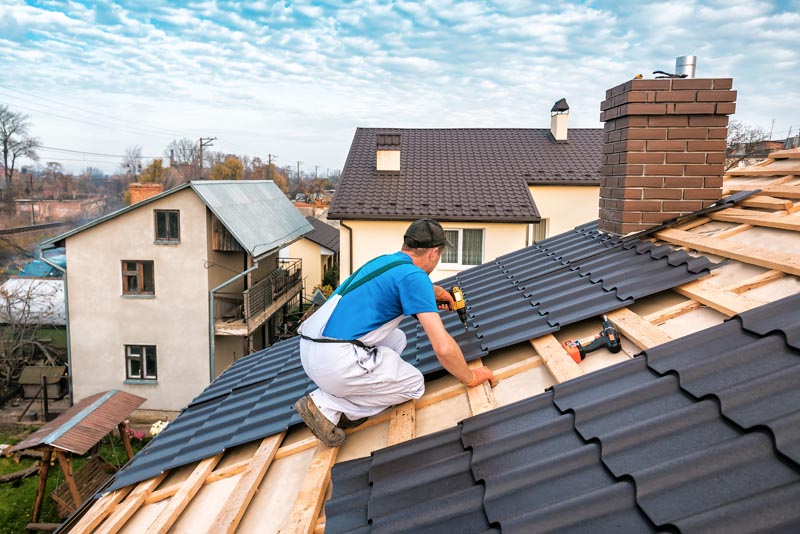
Safety First: Must-Have Roofing Gear in Baltimore
Safety First: Must-Have Roofing Gear in Baltimore
Prioritizing Safety on Baltimore Roofing Jobs
As a professional roofer, safety should always be your top priority. Whether you’re repairing a minor leak or replacing an entire roof, Baltimore’s unpredictable weather conditions and steep roofs can pose significant risks. With the right safety gear, you can minimize the chances of accidents and ensure a safer working environment for you and your crew. In this article, we will highlight some essential roofing gear that every roofer in Baltimore should have.
When it comes to roofing in Baltimore, prioritizing safety starts with proper training and experience. It is crucial for roofers to receive comprehensive training before stepping onto a roof. Understanding the specific challenges and hazards that come with Baltimore’s unique climate and architecture is essential. Roofing professionals must also be well-versed in the safe use of equipment and understand how to work as a team to prevent accidents.
In addition to training, wearing the right safety equipment is paramount. A good-quality, well-fitting helmet is a crucial piece of gear that every roofer should wear. It helps protect against head injuries from falling debris and accidental impacts. A helmet with a chin strap ensures that it stays securely in place, even during strenuous activities.
Roofers should also invest in high-quality safety harnesses. With Baltimore’s steep roofs, having the ability to attach oneself to a secure anchor point is necessary to prevent falls. Safety harnesses should be regularly inspected and replaced when necessary to maintain their effectiveness. Rope grab systems can be used in conjunction with safety harnesses to prevent free falls in the event of a slip.
Proper footwear is vital for maintaining foothold and preventing accidents on Baltimore roofs. Roofing-specific boots with slip-resistant soles and cushioning are recommended. These boots should have a snug fit to prevent foot fatigue and improve stability. Avoid using shoes or boots with metal soles, as they can conduct electricity during lightning storms, putting roofers at greater risk.
Eye protection is another essential safety measure for roofers in Baltimore. Safety glasses or goggles are necessary to shield your eyes from flying debris, dust, and other hazards. With the potential for high winds and loose particles on rooftops, eye protection can prevent serious eye damage and vision impairment.
Essential Safety Equipment for Roofers in Baltimore
Apart from personal protective equipment, there are other essential safety gear pieces that every roofer in Baltimore should have. Roofing ladders are designed to provide stability and support while climbing up and down rooftops. They are held securely in place by hooking onto the roof’s edge or being anchored to prevent slips or falls.
Another essential piece of equipment is a roofing harness kit, which includes a full-body harness, lanyard, and anchor straps. The harness keeps the roofer secured to an anchor point, while lanyards and anchor straps provide additional safety measures. Roofers should ensure they are knowledgeable about proper harness usage and have regular inspections done to maintain the equipment’s integrity.
For added safety, utilizing guardrail systems and safety nets can protect workers from falls and minimize potential injuries. These systems provide an extra layer of security while working on steep or elevated roofs. By creating a physical barrier around the work area, they reduce the risk of accidental slips and falls, keeping roofers safe.
In conclusion, safety should always be the primary concern for roofers working in Baltimore. By implementing proper training, using the appropriate personal protective equipment, and having essential safety gear, roofers can create a safer working environment for themselves and their crew. Prioritizing safety not only reduces the likelihood of accidents but also ensures that roofing jobs are completed efficiently and effectively. Remember, safety first!